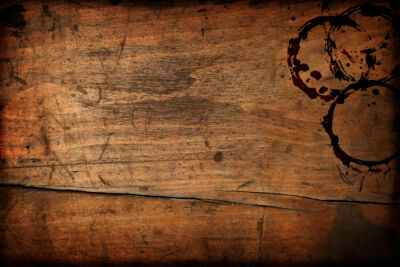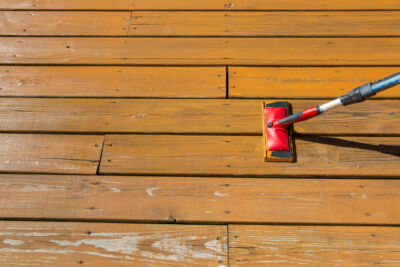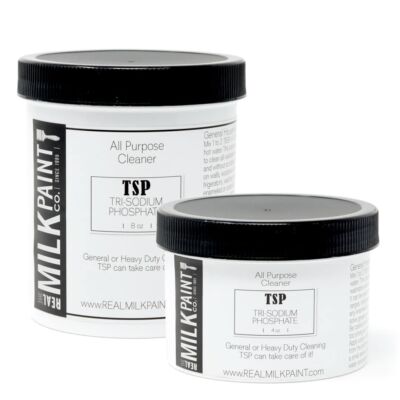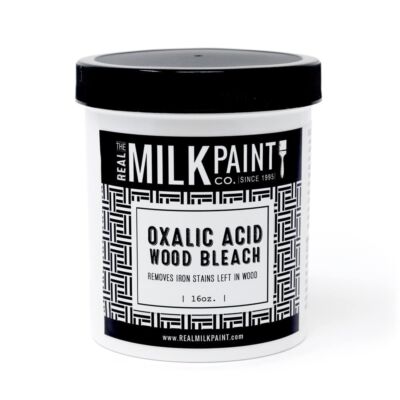Wood furniture imbues living spaces with a warm, welcoming atmosphere, owing to the natural richness of its finish. Wood surfaces with stains, however, can make their owners cringe every time they pass by — so knowing how to remove stains from wood furniture is a key skill when you want your home to look its best. From tough water rings and heat marks to oil and grease stains, this comprehensive guide walks you through how to remove stains from wood furnishings, offers tips for preventing stains from occurring in the first place, and advises on maintaining your pieces after you use stain remover techniques.

Types of Stains and Their Impact on Wood
Wood stains can vary in cause and severity, and each one poses its own unique challenges. For instance, moisture penetration may cause unsightly water stains in the form of spots or rings, while heat marks can discolor surfaces and leave behind a dull finish. Even worse, oil and grease that penetrate deeply may leave dark, stubborn stains on wooden furniture that draw all the wrong kinds of attention when guests arrive. Fortunately, you can prevent a wood stain with the right preparation — and if worse comes to worse, you can still remove stains from the wood when accidents occur.
Tips for Preventing Stains on Wood Furniture
The old cliche that an ounce of prevention is worth a pound of cure has never been more true than with preventing stains on wood furniture. Consider adding coasters to wood end tables to reduce the risk of beverages causing an unattractive water stain, and place trivets around your kitchen to keep heat discoloration from making white marks in the wood. Regular dusting with a damp cloth keeps abrasive debris, plus grease and oils, to a minimum on your furnishings to keep it from accumulating in a dark stain on your wood finish. Likewise, adding a protective layer of finishing oil or wax products from the Real Milk Paint Co. puts a barrier between your wood surface and spills for added peace of mind when using your favorite pieces.
Solutions for Common Wood Stains
Removing stains from wood surfaces and furniture does more than promote longevity; it also projects a polished home and lets you fully enjoy your space. While each type of wood stain requires a unique solution, each requires prompt attention for effective stain removal. The sooner you address a stain, the gentler and lower-effort the method will be. Use these solutions to prevent extensive damage to your wood finish when you notice water stains, white marks and dark stains on your wood furniture.

Remove Water Stains From Wood
When you notice water stains on wood surfaces, first determine the severity of the damage. White rings indicate the wood finish has moisture trapped beneath it, while dark water stains mean the wood has soaked up the moisture into its fibers. Light white rings can clear up when you place a clean, dry cloth on top of them, then gently iron the water stain on low heat with no steam to draw out the moisture. Do this in quick, repeated actions checking to see if the water has been removed. Some people also swear by applying a light layer of mayonnaise or petroleum jelly to the water stains, waiting overnight, then wiping them away with a clean cloth, but we know from experience that this will only mask the issue, not fix it.
Fixing a Stained Area With Heat Marks
Heat marks can leave behind white stains that vary in severity from light discoloration to heavy cloudiness from trapped water under the finish. This can look like a water ring. You can pull out the stain by laying a dry piece of brown paper bag on the heat mark and then applying low heat from an iron in a circular motion to the area to vaporize out the moisture causing the stain.
Removing Oil and Grease Stains From Wood
Remember to never rub the stained area when you first encounter an oil or grease stain on your wood surface. Instead, blot the dark stains from wood with a dry cloth to absorb any oil or grease left behind before you start the stain remover process. Next, sprinkle a slightly abrasive substance over the area, such as everyday kitchen items like cornstarch or baking soda, to help pull the oil and grease to the surface for more effective stain removal. Next, gently rub away the powder with a soft cloth or brush and see if the dark stain needs more attention.
Advanced Wood Stain Removal Techniques
 Knowledge is power, and understanding advanced wood stain removal techniques comes in handy when you need some extra help getting an even tone on your wood finish. Though gentle methods typically remove stains from wood, you may occasionally encounter a white discoloration, water ring or stubborn or dark stains that refuse to budge without serious intervention. These advanced wood stain remover techniques can help work out tough water stains and those caused by heat, oil, grease, and even metals.
Knowledge is power, and understanding advanced wood stain removal techniques comes in handy when you need some extra help getting an even tone on your wood finish. Though gentle methods typically remove stains from wood, you may occasionally encounter a white discoloration, water ring or stubborn or dark stains that refuse to budge without serious intervention. These advanced wood stain remover techniques can help work out tough water stains and those caused by heat, oil, grease, and even metals.
When to Consider Sanding and Refinishing
If you encounter a super-deep water ring or need to remove white stains from a surface and a gentle wood cleaner simply doesn’t work, sanding and refinishing a surface is sometimes necessary to remove stains from wood. First, choose the right kind of sandpaper for the task at hand, such as Surfprep R.A.D pads, which come in grits ranging from coarse to ultra fine. Alternatively, you can use hand sanders to strip the furniture completely and remove any water stains or discoloration caused by heat, oil, or grease.
After you’ve sanded away the stains, clear away the dust and debris with a highly effective cleanser like Tri-Sodium Phosphate to remove all residue, then use the same color of finish to recoat the area, taking care to blend out the edges for a more cohesive-looking result.

When to Use Wood Bleach
Wood bleach, such as Oxalic Acid by the Real Milk Paint Co., comes in handy when dealing with finished or bare wood with a water stain from iron. Whether caused by long-term exposure to iron-rich water, pet urine or rings left behind from metal containers, these dark stains require special treatment to return the surface to its original state.
Our Oxalic Acid wood bleach boasts an all-natural formulation based on oxalates in plants like spinach and rhubarb that you can apply with a clean cloth or scrub brush, providing highly effective bleaching power for a metal-rich water stain without changing the actual color of the wood grain. Be sure to wear goggles and gloves during use, as this acid is relatively strong. Once you remove stains from wood, you’ll want to follow our manufacturer’s instructions: Neutralize wood bleach with a borax solution to prevent reactivity with the finish of your wood.
Maintenance and Care Post-Stain Removal
A good stain remover technique leaves you with beautiful-looking wood furniture and a sense of accomplishment. You’ll want to avoid further incidents and maintain the wood surface carefully going forward — so use these tips to keep your furniture looking great after removing stains from the wood.
- Keep hot or wet items off wood surfaces to reduce risks of heat discoloration and water stains.
- Place coasters, trivets and placemats on fragile wood furniture to prevent water rings, spills and scratches.
- Clean and dust wood surfaces and furniture with a gentle wood cleaner to minimize abrasive dirt and grime.
- Apply Wood Wax sealer to the surface to add a layer of extra protection between the wood and the world.wood wax
- Look over wood occasionally to see if it’s incurred damage or wear, then take steps to fix the problem and remove stains or discoloration.
Clean and Care for Wood Furniture Using Real Milk Paint Co.’s Products
Whether you’re decorating your home with heirloom pieces passed down for generations or picking up furniture to flip from flea markets, garage sales and thrift stores, knowing how to remove water stains, heat discoloration, and stains caused by oil, grease and metal puts you ahead of the game. Simple solutions from the Real Milk Paint Co. help you tackle every portion of the task, from stripping off paint or stain, cleaning the surface and adding color to repairing wood stains and divots and adding natural color with finishing oils. Learn more about how our products can help with your next DIY woodworking project today by exploring our selection of waxes, oils, tools and paints.



